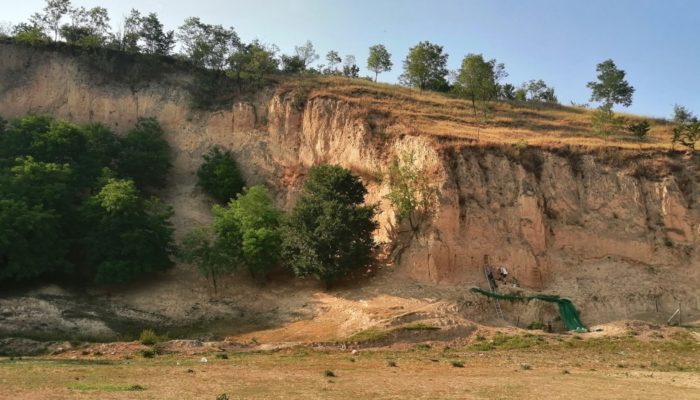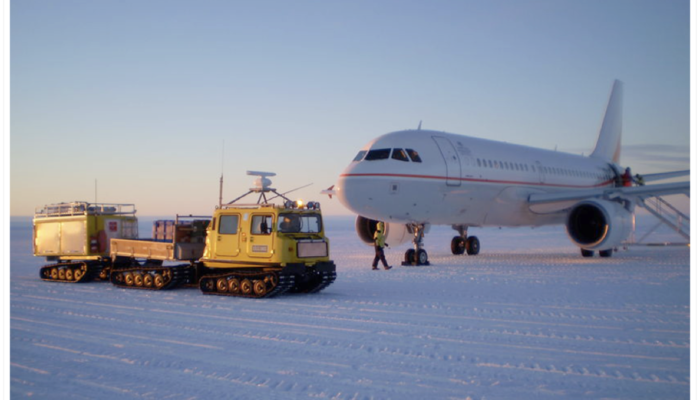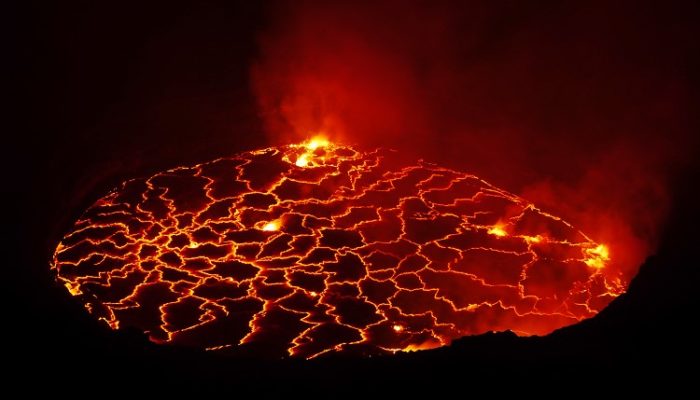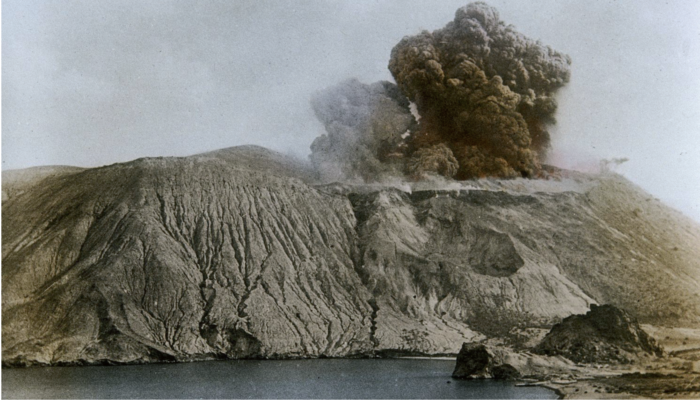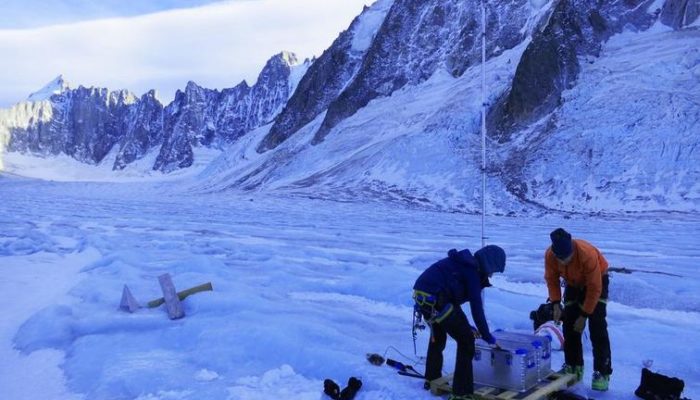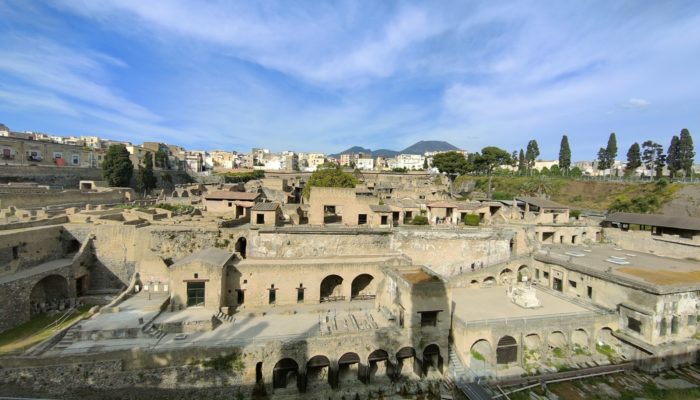Paleoecological use of land snail shells is no longer a new field of science. They are studied by malacologists and palaeontologists who specialise in the study of molluscs. During the last glaciation, loess, a light yellow, fine-grained sediment, was deposited over large areas, mainly in the periglacial regions of Eurasia and North America. In addition to its many advantages, it has also provided ...[Read More]
Cryospheric Sciences
What are Snow Mechanics and why should we care?
Every time we walk, ski, drive or build upon snow, we’re relying upon the theory of Snow Mechanics; but what is that and why should we care? Mechanics is the engineering terminology used to describe “the branch of applied mathematics dealing with motion and forces producing motion” (Oxford Languages) or more simply, the study of motion, in our case the motion of snow. What causes snow to move? Ge ...[Read More]
Geochemistry, Mineralogy, Petrology & Volcanology
Living with a Volcano
Since ancient times, the growth of populations has been strongly combined with the presence of volcanoes, due to their ability to provide nutrients to soils (and so to agriculture) and resource extraction. One great example is described in our blog post about Volcanoes and wine. However, living near a volcano has its (obvious) drawbacks, starting with lava flows (see the recent Cumbre Vieja erupti ...[Read More]
Geodynamics
Introducing the new blog team!
It’s that time of year again! Another EGU General Assembly has passed. Another EGU Geodynamics blog team has been assembled! Now with a blog team bigger than ever! Whoohoo! So let me introduce you to the amazing blog team of 2022-2023 who will start blogging in earnest from next week onwards. If you are interested in joining yourself or want to reach out to anyone from the blog team, donR ...[Read More]
Stratigraphy, Sedimentology and Palaeontology
Winning a modern war is much about sedimentology
Russia has invaded Ukraine. We have been reading and watching in the news how some pieces of high-tech equipment and weapons are being determinant for Ukraine to push back Russia’s invasion. Guided missiles, drones or new generation satellites heavily relie on rare-earth elements for development and production. The aggressor and the invaded country crave for weapons and military equipment to ...[Read More]
Tectonics and Structural Geology
Geomythology. The Sicilian Trilogy – Part II: Vulcano, Vulcan’s forge
Why is a fork actually called fork? And why are volcanoes actually called volcanoes? While I do not have any reply for the first question, I have one for the second… and with a quite interesting story. The Earth currently has around 1350 potentially active volcanoes, aside from the volcanoes along the spreading centres (USGS faq); all of them are named after a single volcano, called Vulcano. Vulca ...[Read More]
Cryospheric Sciences
Did you know… that glaciers can sing?
Have you ever wondered what the voice of a glacier sounds like? Well, listen here! And if you want to know how the glacier makes these sounds, then let’s take a walk on the ice side… Close your eyes and think of the time you were in the middle of the mountains. On a snow plain, a glacier or a frozen lake; just you. You hear your footsteps in the snow, crunching ice. The wind blows through your hoo ...[Read More]
Solar-Terrestrial Sciences
Events organised by the ST Early-Career Scientist (ECS) Team during EGU22: We would like your feedback!
Now that EGU22 is over, it is time to gather some feedback! While you can provide your comments and suggestions on the General Assembly as a whole via the dedicated form available through the EGU22 website (see “Feedback” tab in https://www.egu22.eu/), the ST Division’s Early-Career Scientist (ECS) Team would very much appreciate getting feedback on the various events they have o ...[Read More]
Geochemistry, Mineralogy, Petrology & Volcanology
Can human curiosity affect dynamic risk?
In simple words, the volcanic risk (R) can be defined as R = Value × Vulnerability × Hazard. The value is a figure that varies according to the total number of population and / or infrastructures at risk during a volcanic eruption, vulnerability is the percentage of value at risk for a given volcanic event and the hazard is the probability that a certain place may be affected by a determined hazar ...[Read More]
Solar-Terrestrial Sciences
Reflection after the investigation of the direct First Parker Solar Probe Observation of the Interaction of Two Successive ICMEs
In Heliophysics there is a scarcity of in-situ buoys that allows us to monitor and track the solar wind changes in our Sun’s atmosphere, the heliosphere. NASA’s Parker Solar Probe (PSP) mission is one of those buoys that, together with Solar Orbiter (SolO, ESA/NASA Collaboration), is bringing a breath of fresh air in the effort to fully characterize the solar wind and study the evolution of the em ...[Read More]

